新西兰政府证实,将为昂斯洛湖抽水蓄能水力发电计划制定详细的商业案例,以寻求建立“一个富有弹性、经济实惠且安全可靠的脱碳能源系统”。
能源部长Megan Woods 表示,昂斯洛湖设施是新西兰电池项目的核心,该项目旨在探索如何在不使用化石燃料的情况下,最好地解决干旱年问题——降雨量少限制了现有的水电供应。
“在我们解决干旱年问题之前,我们将继续依赖燃烧昂贵且具有污染性的化石燃料来发电,”Woods说,“抽水蓄能是一种将能量储存在大水库中的巧妙方式,当需要更多能量时,这些能量就会被释放到更低的水库中,就像一个巨大的电池。”
据估计,在最干旱的年份,可能会有3 TWh到5 TWh的能源缺口,约占目前全国年度能源需求的10%。
昂斯洛湖的抽水蓄能计划预计每年可提供3 TWh至8.5 TWh的发电和存储能力,具体取决于扩大的湖泊范围。
第一阶段的调查显示,建造该项目大约需要七到九年的时间。
“我们一直都知道,任何干旱年电池存储解决方案都需要大量投资,因此,我们要对这些可能发生的情况进行充分地测试、纠错,确保万无一失,这点非常重要,”Woods说,“现在已经完成了一些更详细的工作,我们对预计的费用有了更清晰的了解,这与2006年的高水平成本计算有很大不同。下一阶段将进一步深入挖掘,然后再考虑花费这笔巨额的资金,但有一件事我们可以确信,我们绝不会对可以改变气候的计划无动于衷。
Woods表示,政府还将继续研究一种替代方案,该方案将涉及一系列技术,包括燃烧生物质能、地热能和绿色氢气,以及北岛中部一个较小的抽水蓄能水电计划。Woods还表示,替代组合方案将耗资约135亿美元,但其运营成本将远远高于昂斯洛湖抽水蓄能水电项目。
详细的商业案例可能会在明年年底之前制定出来,而做出最终的投资决定还需要再过两年的时间。
This content is protected by copyright and may not be reused. If you want to cooperate with us and would like to reuse some of our content, please contact: editors@pv-magazine.com.
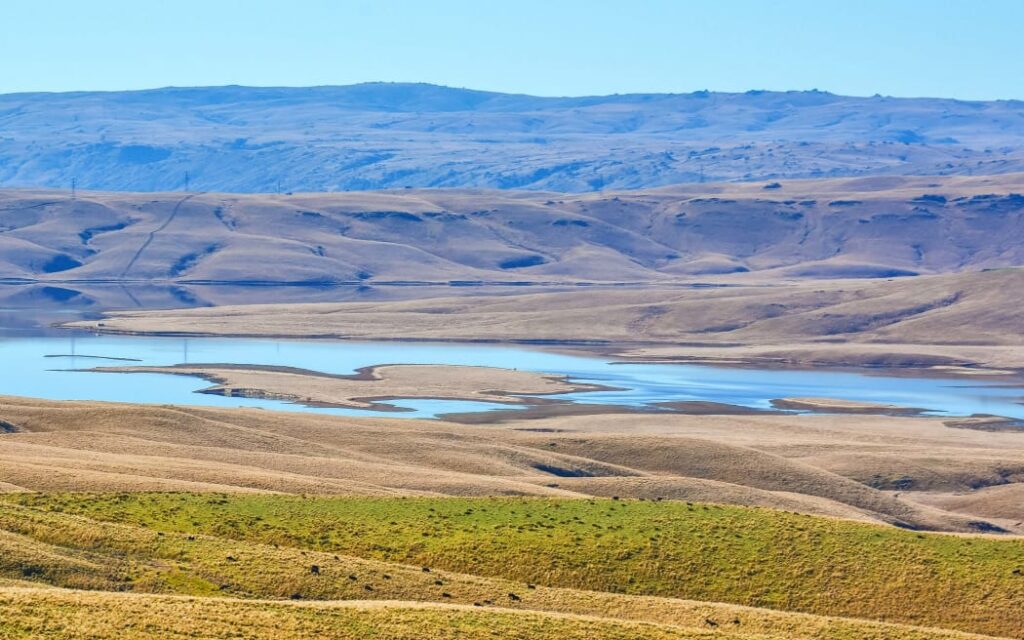



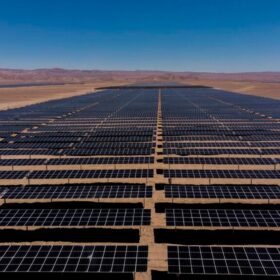

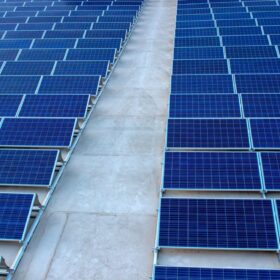

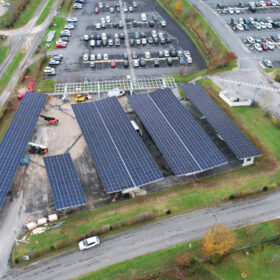
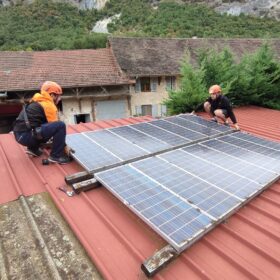

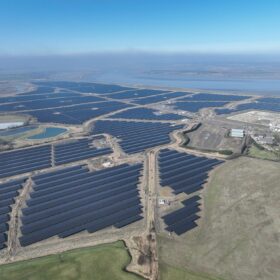
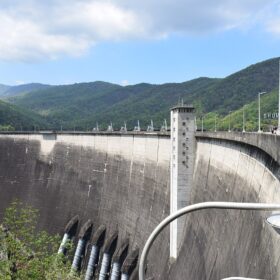
By submitting this form you agree to pv magazine using your data for the purposes of publishing your comment.
Your personal data will only be disclosed or otherwise transmitted to third parties for the purposes of spam filtering or if this is necessary for technical maintenance of the website. Any other transfer to third parties will not take place unless this is justified on the basis of applicable data protection regulations or if pv magazine is legally obliged to do so.
You may revoke this consent at any time with effect for the future, in which case your personal data will be deleted immediately. Otherwise, your data will be deleted if pv magazine has processed your request or the purpose of data storage is fulfilled.
Further information on data privacy can be found in our Data Protection Policy.